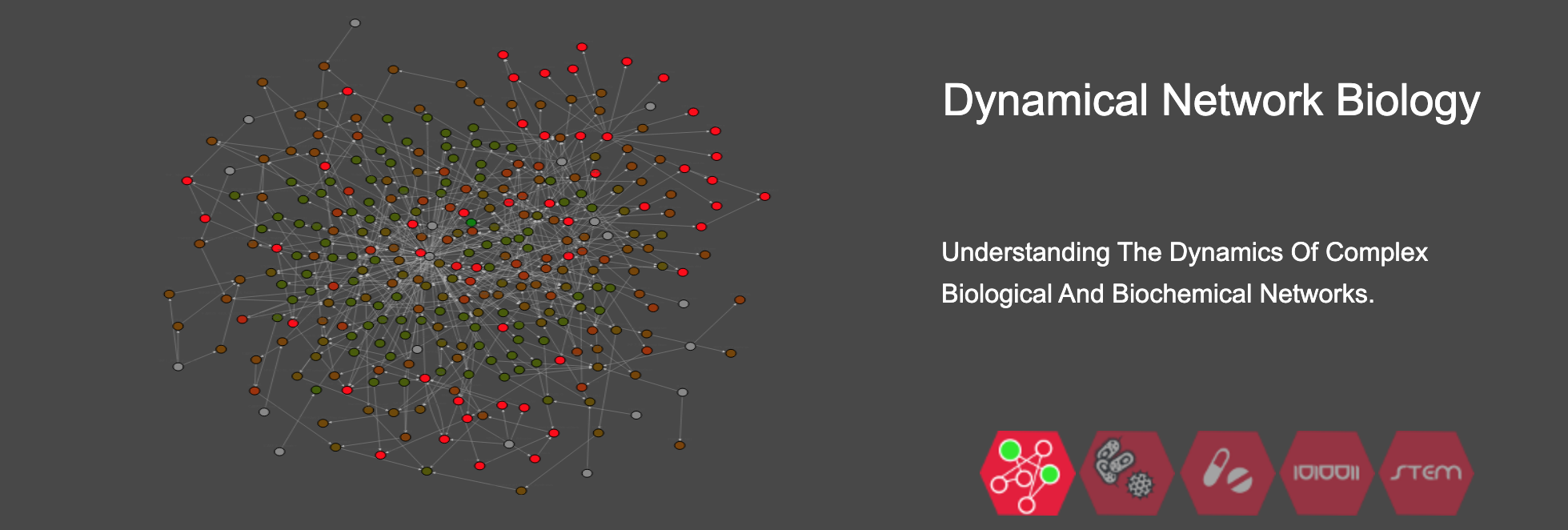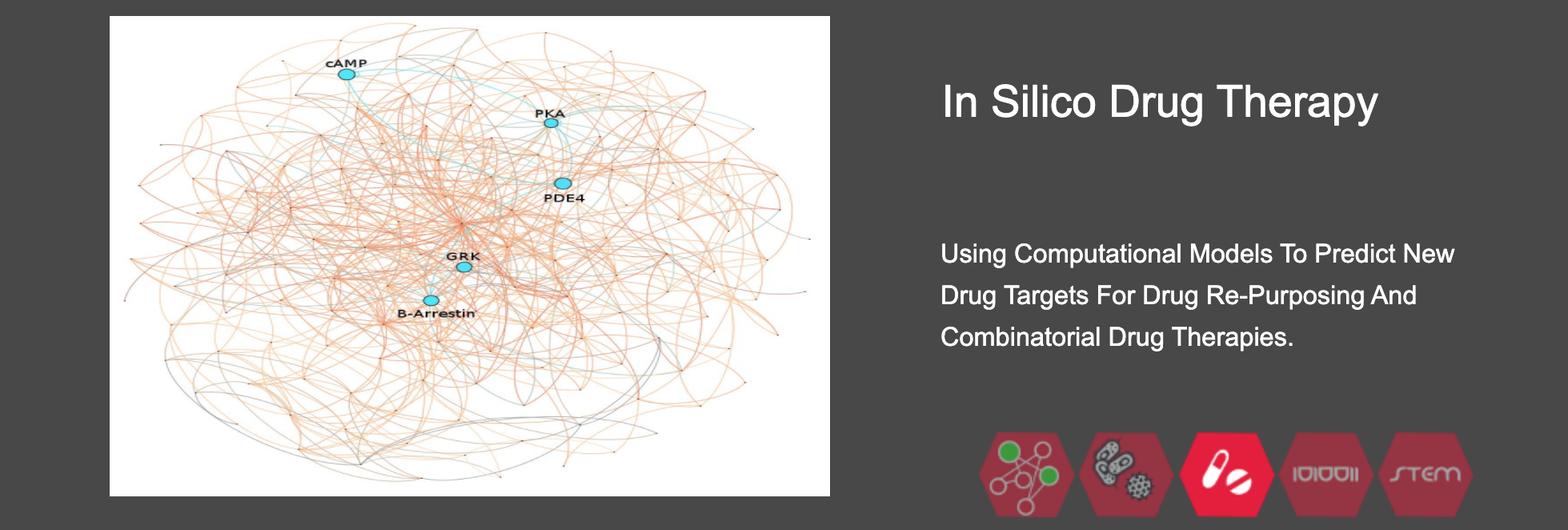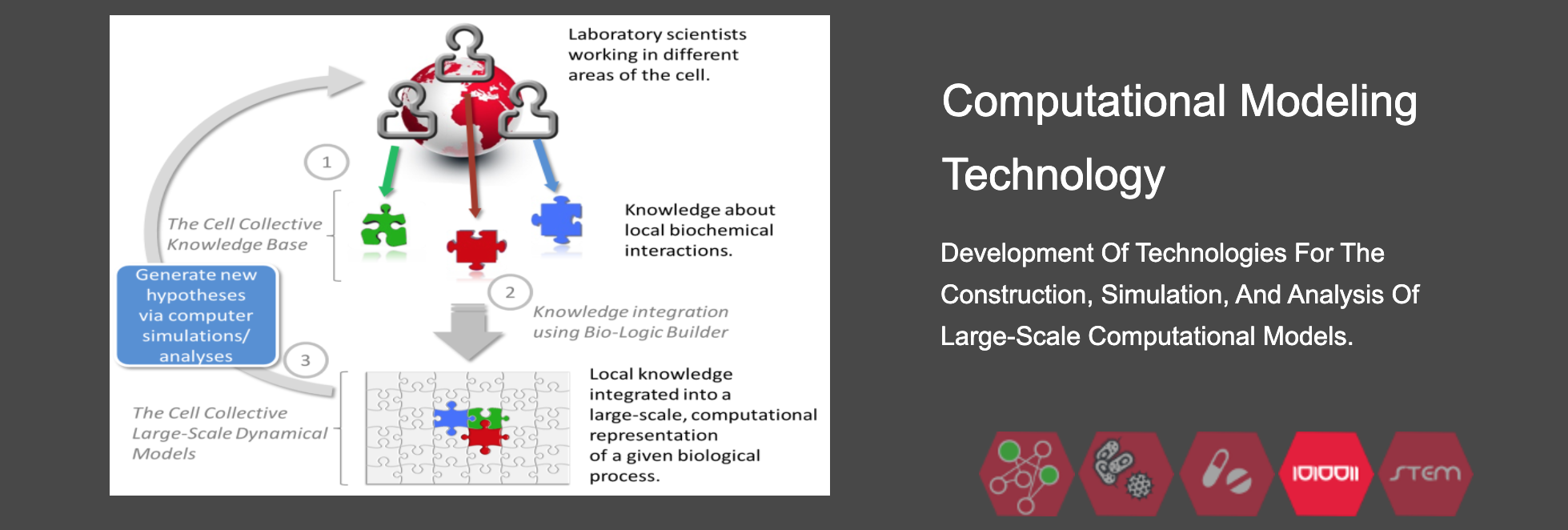Multi-Scale, Multi-Cellular Model Of The Immune System
Diseases are often a result of multiple malfunctions in complex, nonlinear network systems that span multiple layers of biological organization, ranging from molecular to cellular to organ and organismal levels. The immune system is no exception. Its proper response to foreign stimuli is governed by network-like interactions among various types of cells and cytokines as their communication mediators. The complexity at the inter-cellular level of the immune system is further exacerbated by the similarly complex biological and biochemical networks within each cell (metabolism, gene regulation, etc.) that are responsible for the dynamics and decision-making at the single-cell level.
We are developing a systems-level, comprehensive, and integrative computational framework for the immune system that is needed to better understand and predict the complex behavior of the immune system in the context of diseases and associated therapies.
This framework integrates data and knowledge across various levels of biological organization, captures nonlinear dynamics, and incorporates and facilitate mechanistic understanding. Our goal is for this framework to enable the interrogation of the dynamics and emergent properties of complex molecular, cellular, and disease networks that give rise to and regulate the immune system. We also aim at this computational resource to provide a broad environment to a range of scientific communities, including molecular experimentalists, clinicians, translational scientists, and computational biologists.
Dynamics Of Large-Scale Networks In Health And Disease
We are interested in understanding the dynamical and emergent properties of biological systems under healthy as well as diseased conditions, including:
1) Influenza-host interactions
2) HIV-host interactions
3) Macrophage signal transduction
4) Signal transduction networks in breast cancer
5) Signal transduction networks and decision-making in T Cells
Metabolic Network Modeling Of Plant Root Systems
In an effort to improve crop production, we are interested in understanding the dynamical relationships between plant root and soil microbiome and their effects on the associated metabolic networks. This project is part of a recently funded and formed Center for Root and Rhizobiome Innovation, which includes experimental and computational research groups from several universities.
Technologies For Computational Systems Biology
Our group focuses on the development of technologies that enable the integration of computational modeling with the day-to-day work of laboratory scientists. With this in mind, we have developed the Cell Collective, software that allows users to create, simulate, and analyze the dynamics of large-scale computational (logic-based) models of various biological/biochemical processes without the need to enter/modify mathematical equations or computer code. The second major focus of the Cell Collective is its collaborative nature; in fact, the platform provides an environment where laboratory scientists working in the different areas of the cell (and different cells) can collectively create some of the world’s largest dynamical models of biological systems.
The Cell Collective now contains hundreds of models and tens of published models available to the entire community. These models (spanning across various organisms as well as biological processes) are fully annotated, and available to the community for simulations, analyses, as well as further contributions.
Furthermore, our group also participates in the development of Systems Biology Markup Language (SBML) for Qualitative Models, a computer standard to share logical models in a consistent fashion.
Computational Modeling And Interactive Technologies In STEM Ed
Memorization of static pictures of components of biological/biochemical processes is the most common means by which the mechanisms of biological functions are currently taught. This approach is neither representative of reality (e.g., biology is dynamic) nor is it an engaging method for learning about biological systems; imagine learning mathematics (or programming) by memorizing equations (or computer code) and never being able to execute and visualize their meaning on the computer.
Issues associated with biological and biomedical education are further exacerbated by the minimal (and in many cases lacking) requirements for training in technical domains such as mathematics or computer science that are becoming an important component of life sciences.
To address these issues, we are developing new methods to teach biology in K-12, undergraduate, as well as graduate levels. Specifically, we develop technologies and environments where students can create, simulate and analyze, break and re-create and re-analyze dynamical models to understand major biological processes. The highly collaborative (and web-based) nature of our software enables students to easily collaborate in as well as outside of the classroom. The types of biological processes that can be explored are endless; students can model biological processes including, but not limited to cellular development, cellular differentiation, cell-to-cell interactions, disease pathogenesis, cancer progression, and the effects of various treatments on the disease.
We have implemented this computational teaching technique in a number of settings and classes, including immunology, microbiology, as well as cancer biology courses.






